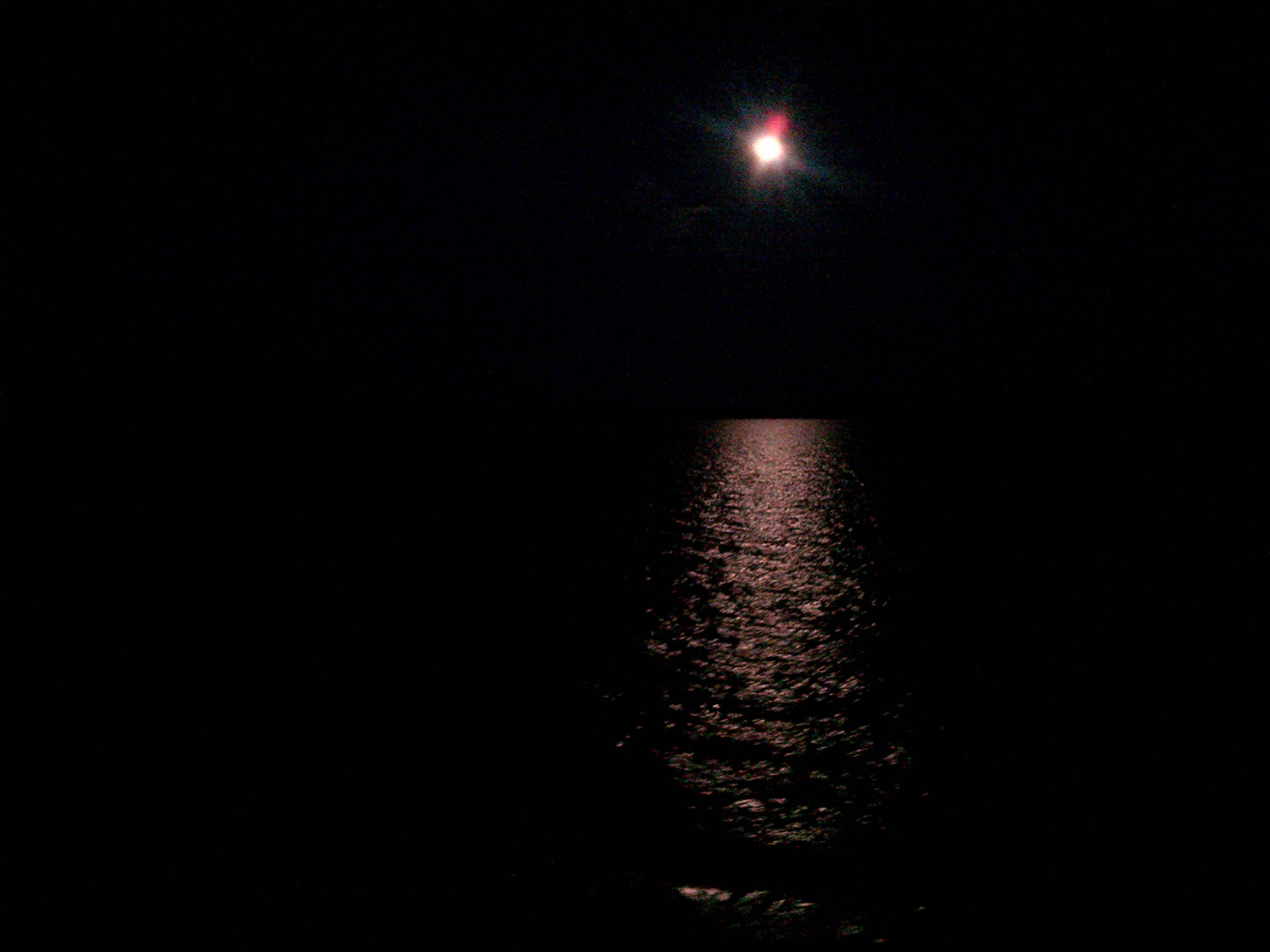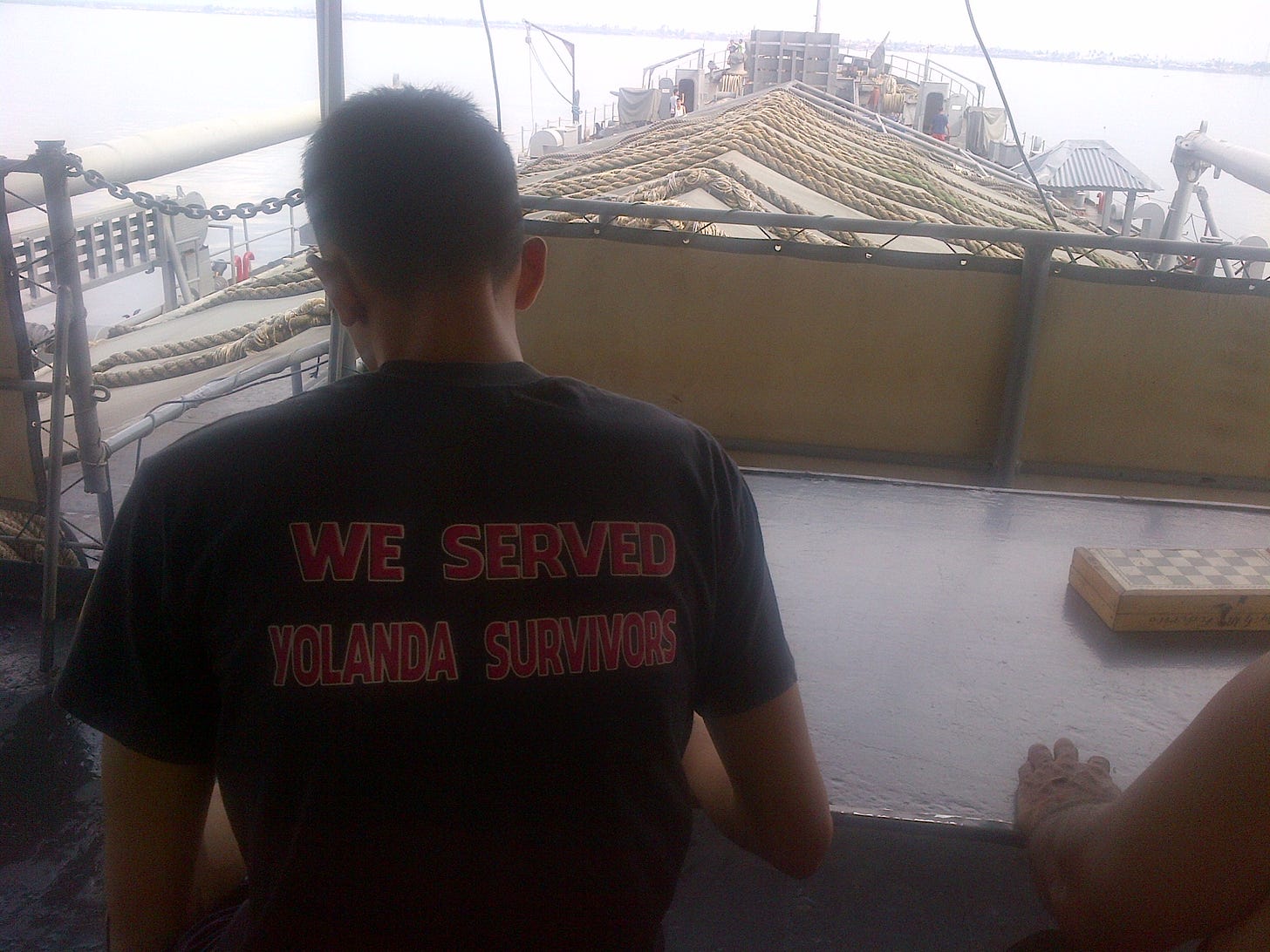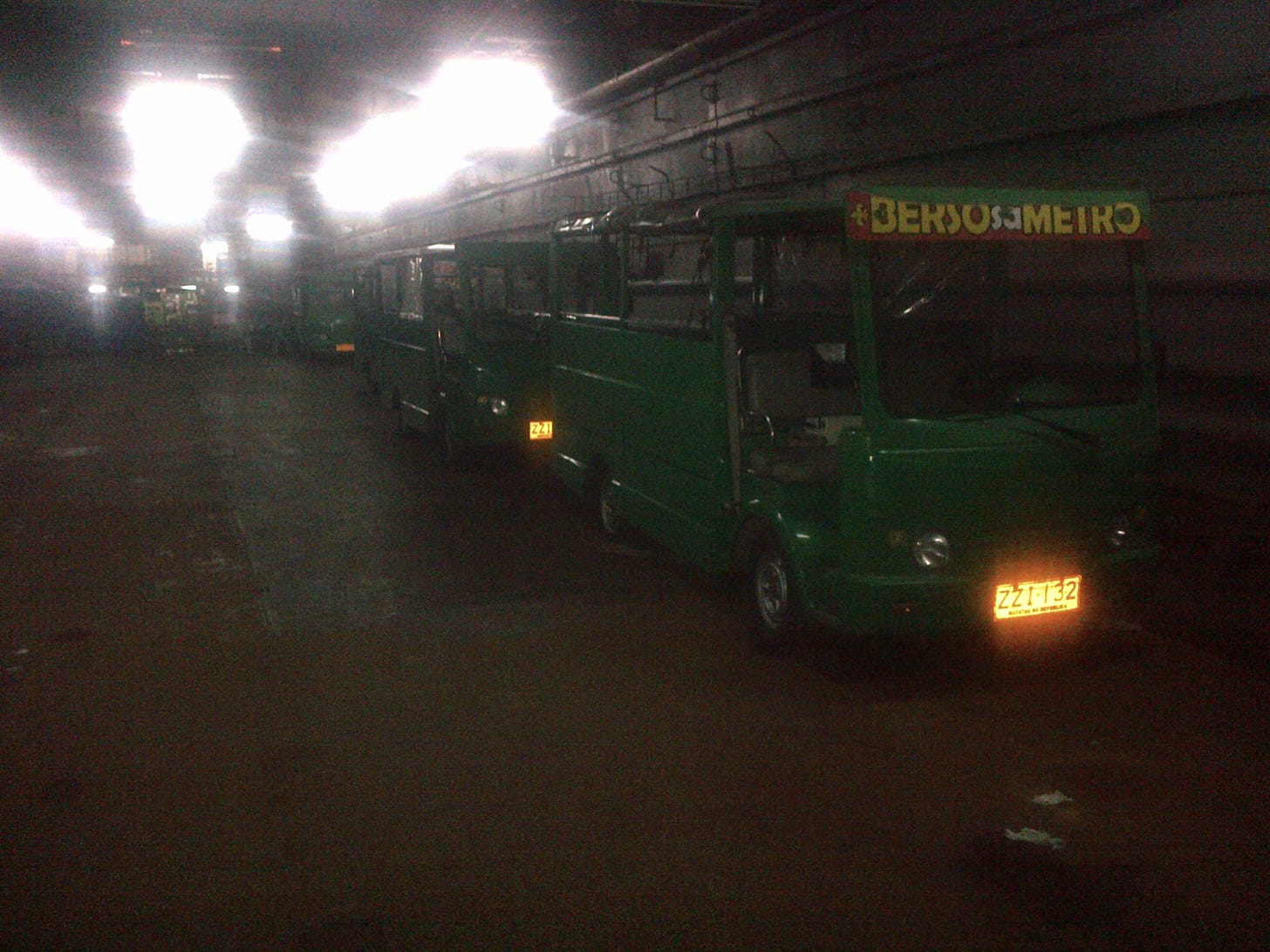It's not the Love Boat
(Or why it took the BRP Benguet nine days to reach Tacloban during one trip in 2014)
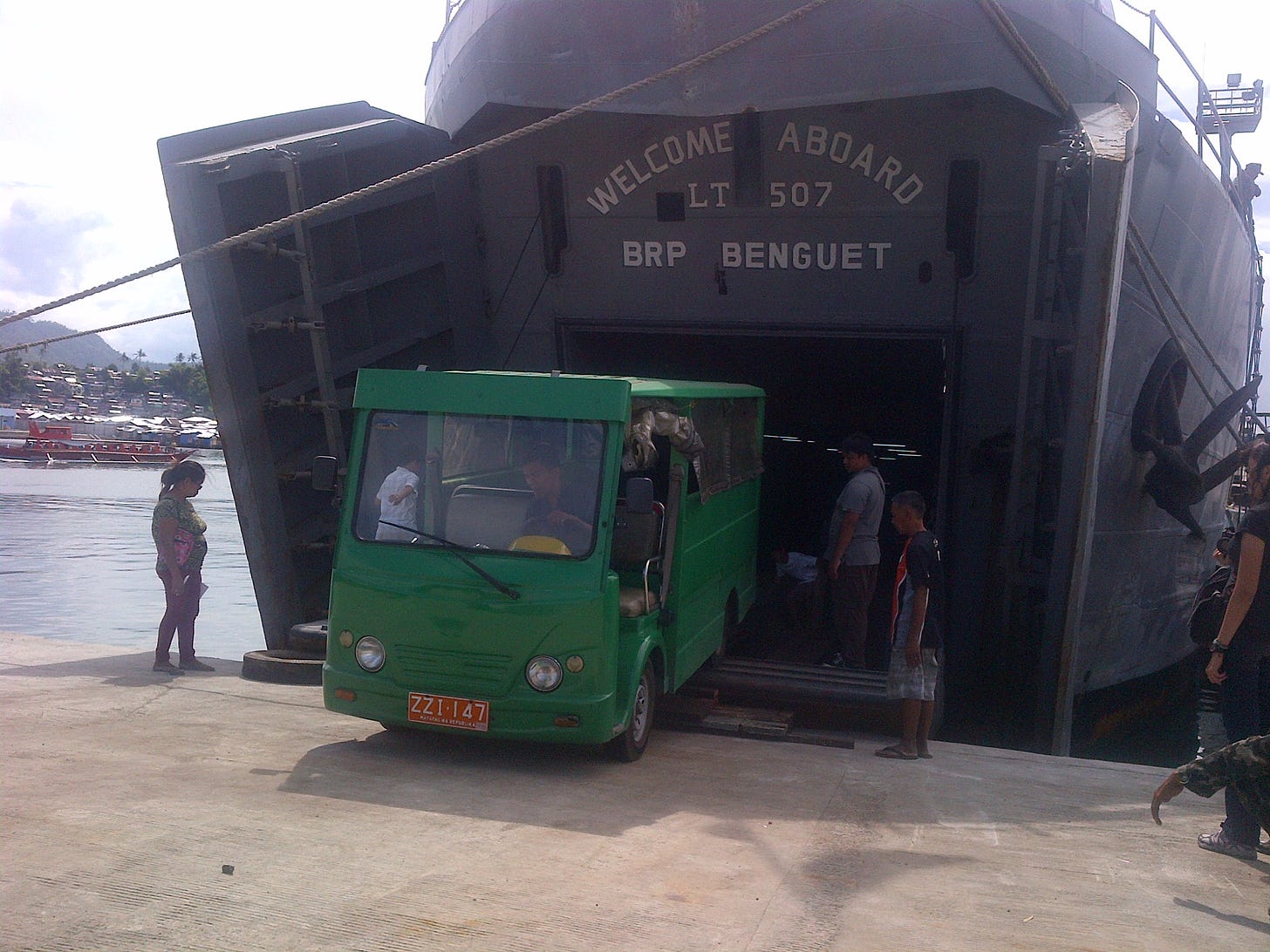
(Some minor edits have been made on this piece that was written in August 2014, shortly after my contract with a non-government organization expired. It was a sweet gig. I’m glad I took it. Nine years later, the BRP Benguet warned off a Chinese vessel after it was supposedly shadowed by it. [See: Shadow])
It’s not the Love Boat.
It’s the BRP Benguet, a floating mass of steel, gray paint, and thick Manila rope that has served two foreign wars and is older than [redacted], give or take five years (depending on his birth certificate).
And just like the Master Showman [the person whose name was redacted], the Philippine Navy’s landing transport ship remains exciting and new.
Or at least in a manner of speaking.
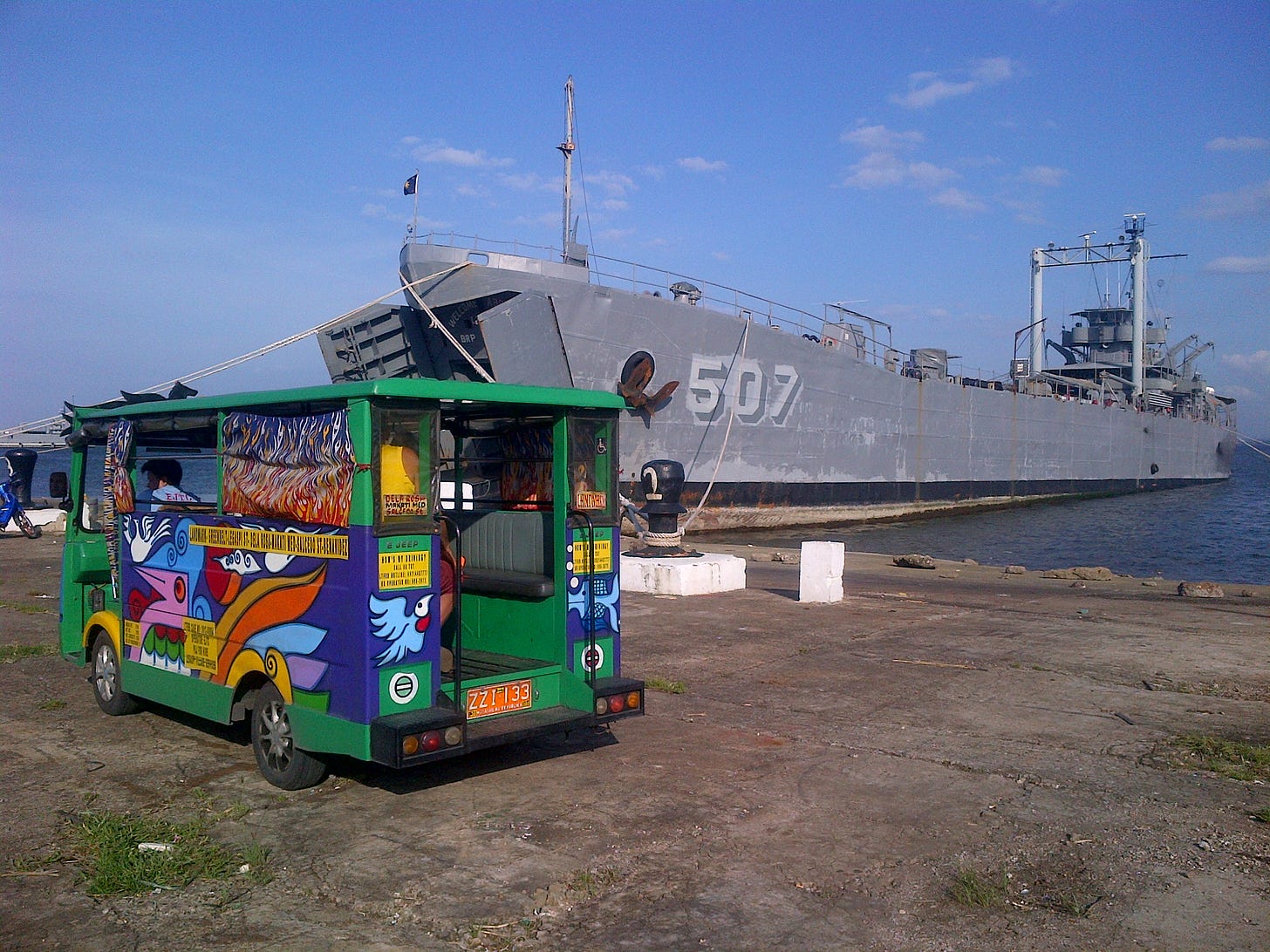
I was only too glad to be proven right.
However, that would come much later.
After all, I had agreed to come onboard and stay during its recent trip to Tacloban City from Sangley Point in Cavite. (I was accompanied by Roger, who worked at an affiliate office and was assigned to look after equipment while it was being transported to the Eastern Visayas capital.)
The journey, with stops in Iloilo and Ormoc cities, was scheduled to last less than a week.
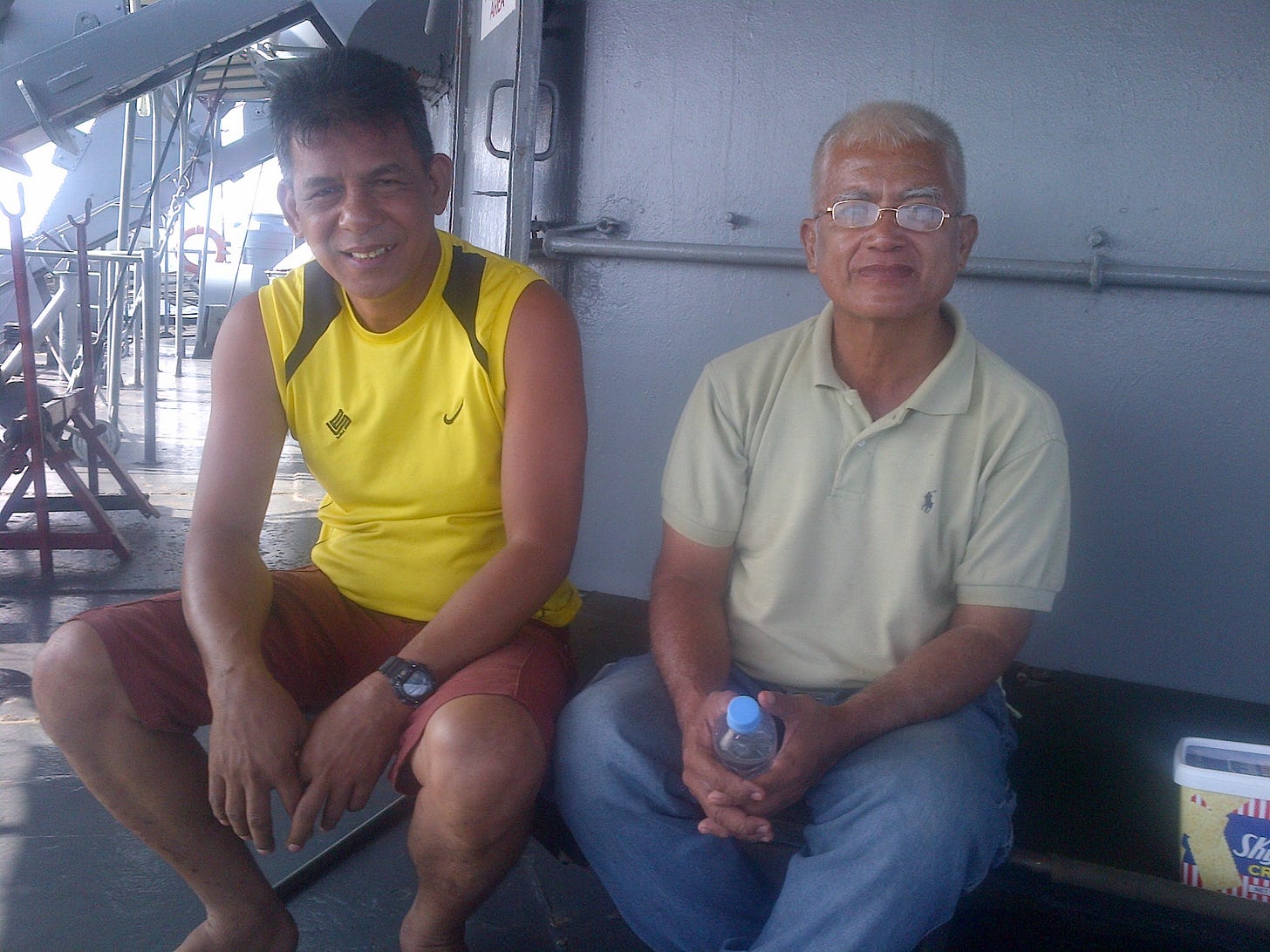
No one ever thought it would take longer than expected.
But then again, the BRP Benguet’s itinerary was as unpredictable as our accommodations — both changed almost daily.
When we got onboard, everyone assured us that the trip would take only five or so days, even fewer. By the time we got off at our destination, Roger and I felt that we were both ready for retirement.
For the first few nights, we stayed on the poopdeck, which is a misnomer. It was clean, airy, and had no indications of whatever the deck was named after (even though the crew kept three dogs and a cat onboard).
Located immediately below the bridge — which is what they call the ship’s command center (one of the things I learned from Star Trek) — the area was al fresco, fitted with an overhead tarp that did little to shield us from the sun.
No thanks to our extended stay onboard, Roger and I both grew a shade darker, providing us maximum camouflage when we popped open cans of warm beer the minute the sun set. (As with other snacks and sundries, beer was sold at the ship’s store, a cooperative owned by the crew. It was only open at 10 AM, 3 PM, 5 PM, and 7 PM and closed shortly afterwards.)
Whenever it rained, we were permitted to seek refuge inside the pilot house (the location of the wheel and navigational equipment) because the military vessel didn’t have cabins for passengers and/or guests.
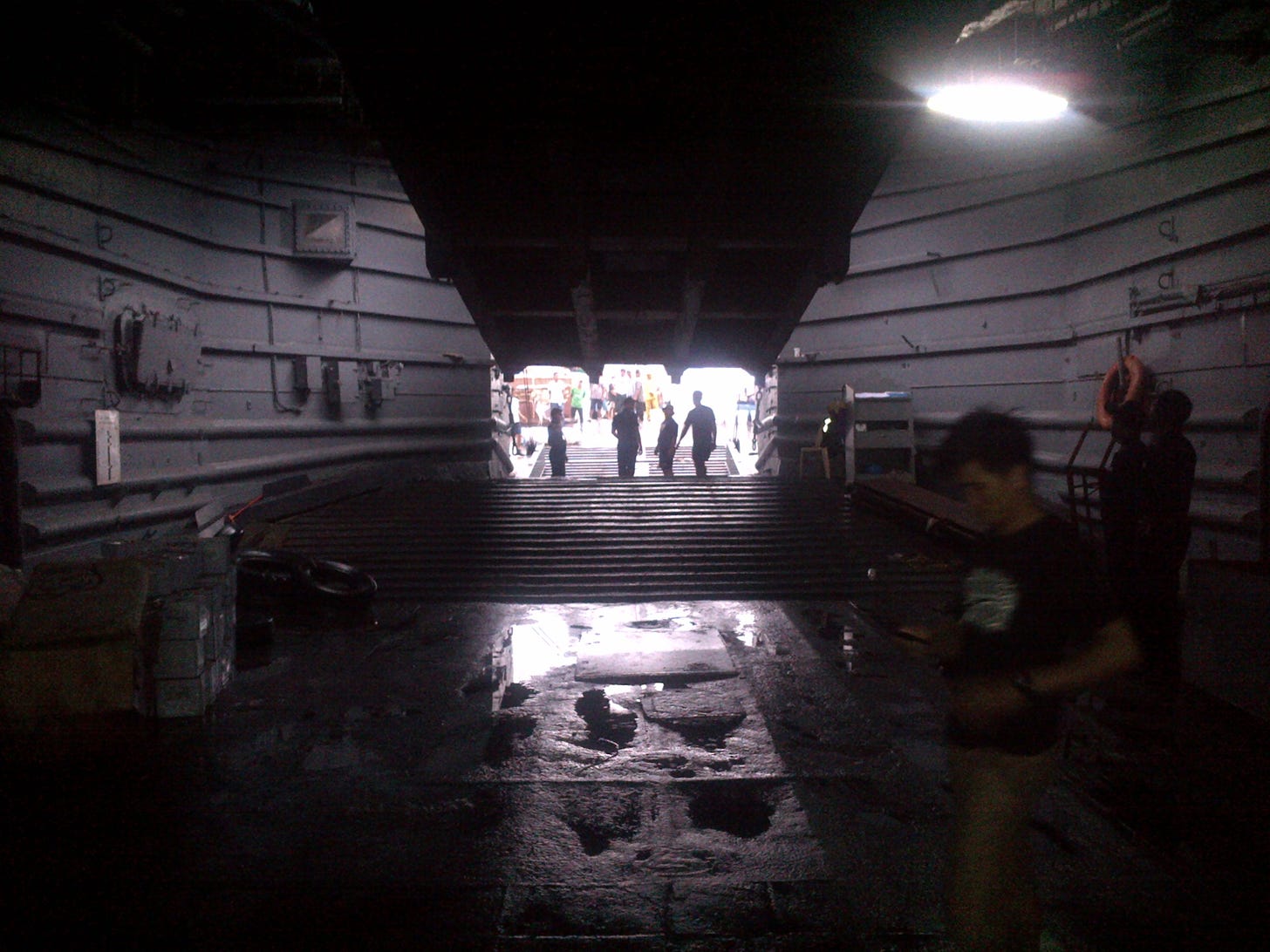
At night, we stretched on folding cots that were — as indicated on the dark green fabric — made by Fernan Manufacturing and Trading Inc. in January 1980.
How a 30-year-old cot ended up on a 70-year-old ship remains an enduring, unsolved mystery of the Philippine seas.
And that’s when I realized that I too was something of an enigma myself: I was a deadline-beating deadbeat who didn’t know what the hell he was doing onboard the BRP Benguet.
On the whole, the trip that was supposed to take five days took nine, forcing us to formulate deep and profound thoughts about life in general. On several occasions, Roger and I held staring contests, gazing right into the wide open sea, letting out sighs of resignation.
The sighs became more frequent and lasted much longer when we were delayed at the Iloilo port.
When the ship arrived Monday — two days after leaving Cavite — we were only too eager to disembark, check out the city, and get ourselves a bowl or two of the original Ted’s Batchoy.
However enjoyable, the novelty of that experience quickly wore off.
By Tuesday evening — which was our scheduled departure for Ormoc — we were as listless and crabby as the members of the Battleship Potemkin (which I haven’t seen yet).
The longer we stayed at the Iloilo port, the more it felt like a bad breakup — we all wanted to move on but couldn’t.
A government agency (which will not be identified as the Department of Social Welfare and Development) was unable to get its cargo off the ship on time.
It also failed to take advantage of the time the ship was docked in an area that had access to a ramp.
For more than a day, the BRP Benguet’s hull was wide open, allowing easier and faster dispatch of shipments to and from the ship because of that ramp.
Unfortunately, not much cargo action took place.
Only a portion of the agency’s shipments — which comprised half of the BRP Benguet’s cargo during the trip — was unloaded.
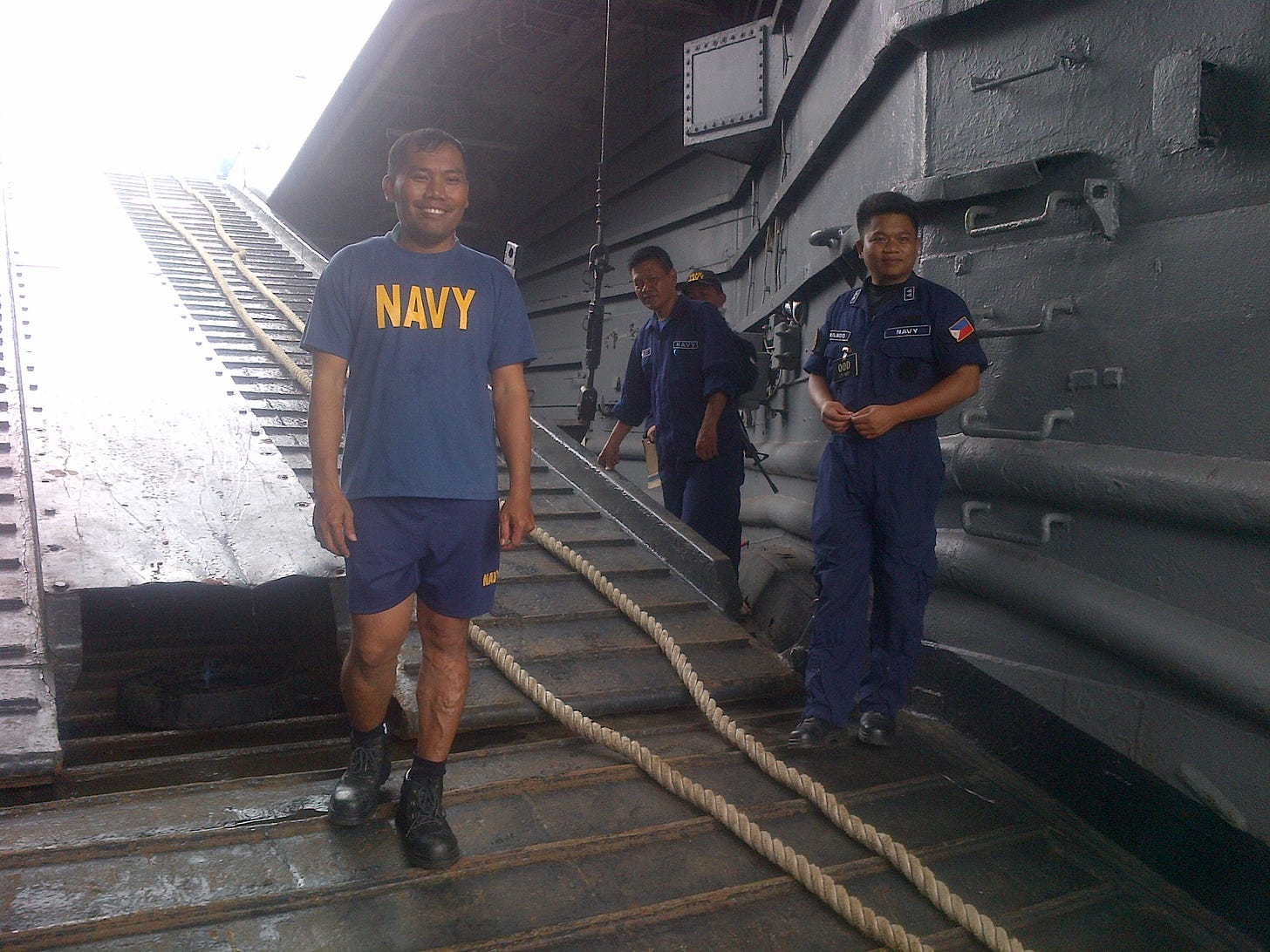
To make matters worse, the agency only sent one truck to carry the shipments to its warehouse, which was half an hour away.
The truck was accompanied by a cast of characters more colorful than a 64-piece Crayola set. Sporting bandannas and dark glasses, the young men climbed onboard, looking more like they were there for a fashion shoot than for heavy lifting.
By Tuesday, the Iloilo office of the Philippine Port Authority told us to transfer to another docking bay because the ramp was going to be used by two other vessels.
Since the military vessel didn’t have any thrusters (engines that allowed the ship to move sideways), docking was more complicated than a single parent’s Facebook relationship status.
It required some crew members to get off the ship and pull it closer to the harbor using ropes thicker than a car muffler. These ropes, in turn, were tied to thinner pieces of string that had fist-sized attachments called “monkey-fists.” These monkey-fists were thrown from the ship, allowing those on the dock to catch them to retrieve the ropes before they sank to the bottom of the sea.
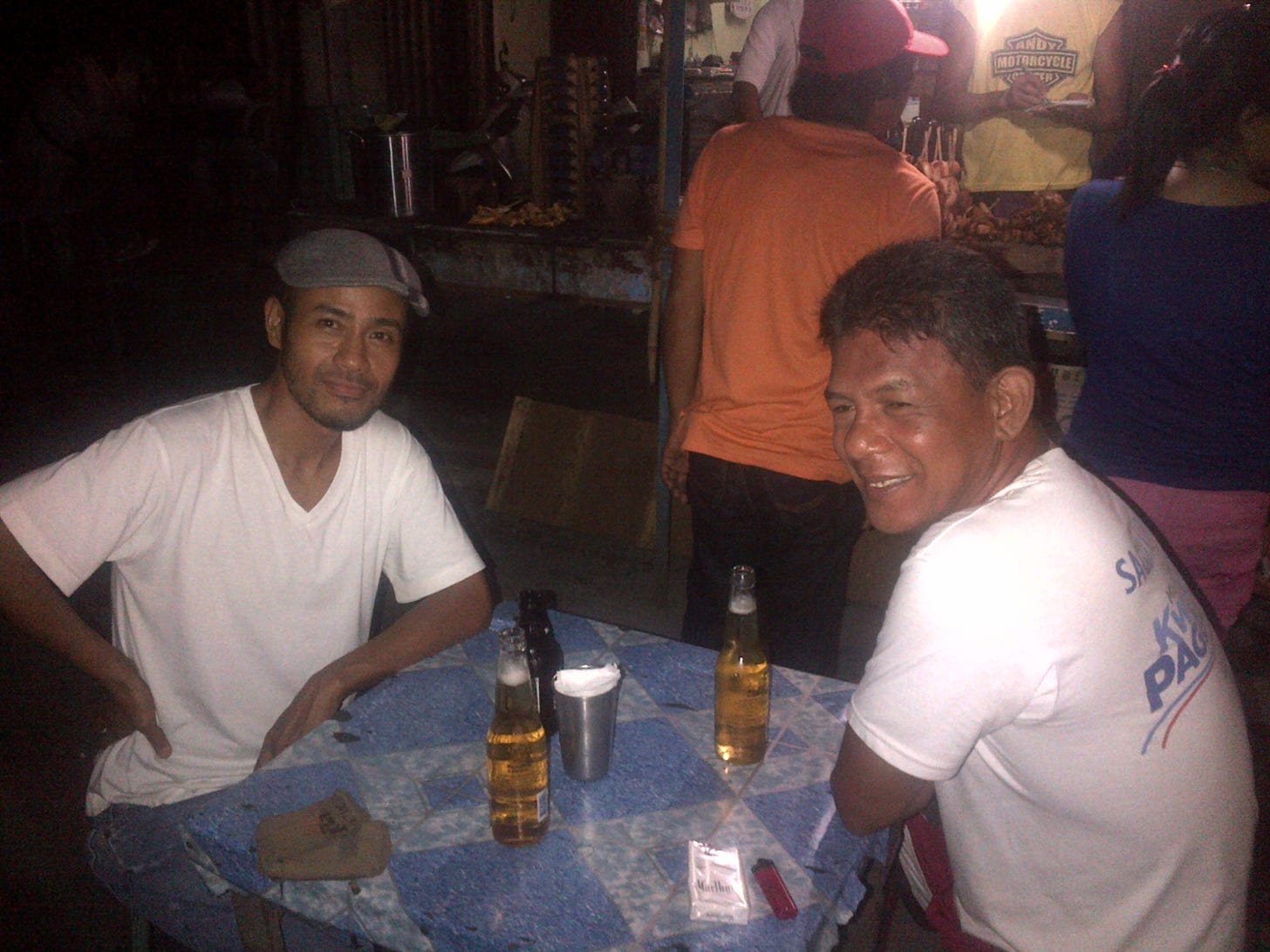
When the ship docked at its new parking spot (which by the way no longer had access to the ramp) things were no different: more than half of the goods that were meant for Iloilo were still inside, waiting to be unloaded.
For its part, the cast of colorful characters disappeared shortly after they took selfies onboard the ship and presumably posted them on their social media accounts.
With public servants like these, who needs Congress?
By Wednesday morning, the military ship decided to leave for Ormoc. BRP Benguet officials were therefore forced to instruct their crew to unload cargo meant for Iloilo even though, one, it was no longer their job to do so, and two, nobody was on hand to receive them.
Despite the delay, no one left Iloilo with a heavy heart—not even the ship’s crewmembers who remained enthusiastic as ever, carrying cargo meant for the DSWD.
Passengers for their part expressed relief; relief that the journey was once more underway.
The same sentiment was again expressed when the ship docked at Ormoc, left, headed for Tacloban, and finally arrived at its destination.
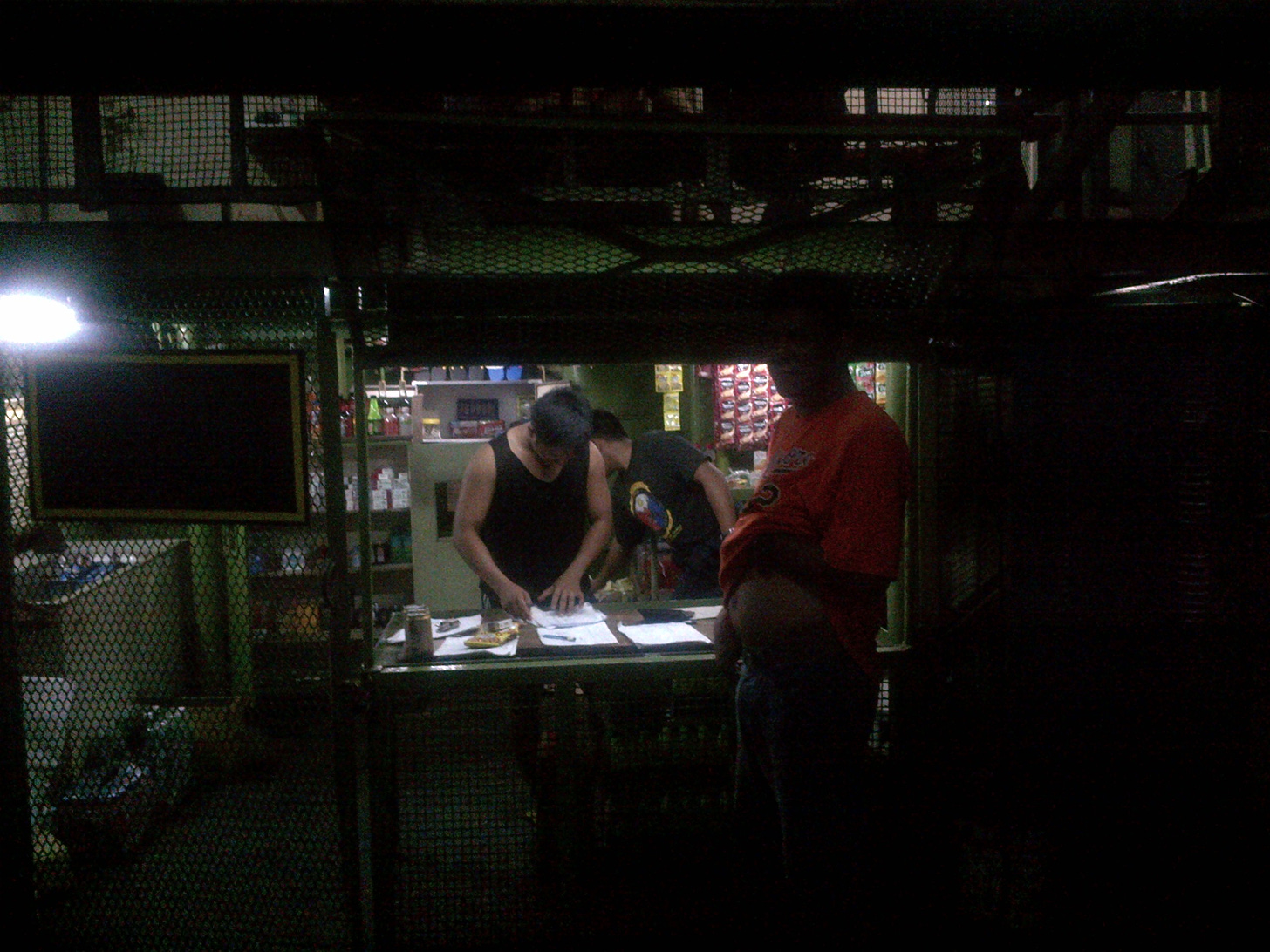
Spanning nine days, the BRP Benguet’s Cavite-Iloilo-Ormoc-Tacloban run was an adventure in public service and private suffering.
Despite the setbacks, Roger and I agreed that we wouldn’t trade the experience for anything.
Yes: we would gladly do it again.
Except that we would bring more clothes next time.



